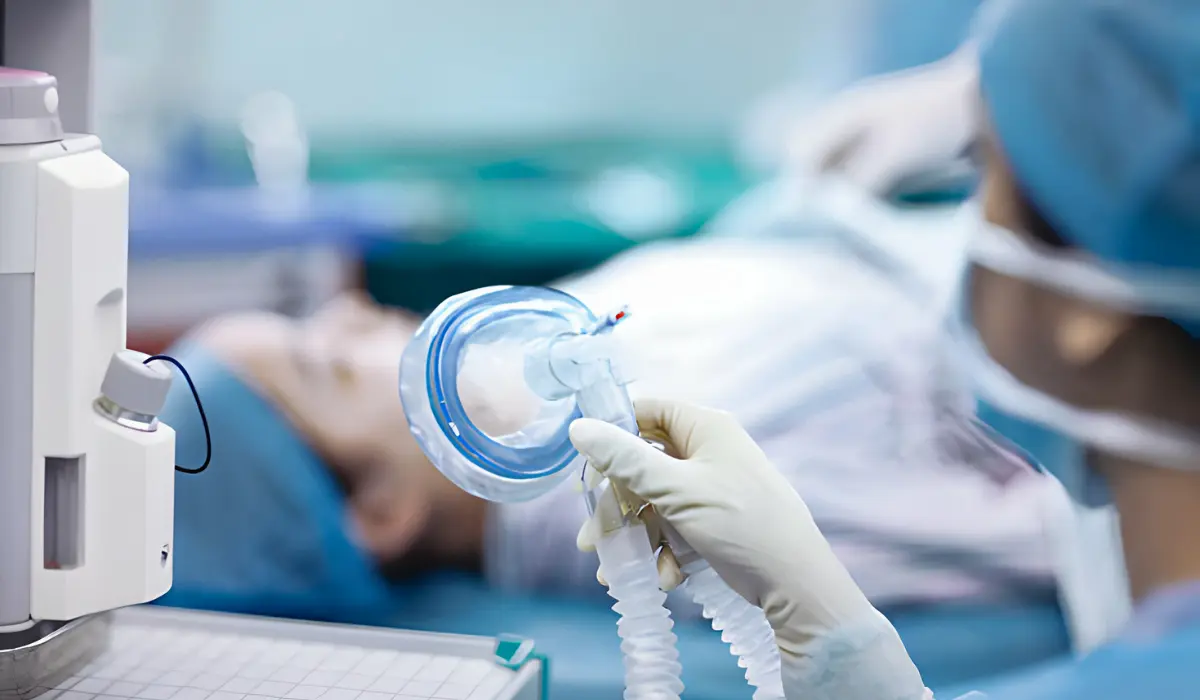Medical devices are the key elements in the modern healthcare system. It aids in diagnosis, treatment, and overall monitoring. With the help of advanced technology, these medical devices are highly effective in delivering robust assistance to healthcare experts. Maintaining these devices by proper utilization and functionality throughout their shelf life is crucial. Malfunction in these devices may mislead the doctors in finding the root cause of the health condition as well as providing treatment. Therefore, it is important to maintain these devices to function throughout their shelf life.
But have you ever wondered, how the shelf life of medical devices is determined? Well, this article will reveal everything you need to determine the shelf life of medical devices.
Shelf Life Of Medical Devices
Shelf life is the period a medical device functions at its best by maintaining safety and efficiency. Once the expiration date is reached, the characteristics, and properties of the devices degrade, leading to malfunctioning devices. Key factors that preserve the shelf life are material composition, packaging, and storage environment of the device. Utilizing the device as per the manufacturer’s instructions may prolong its shelf life.

The determination of the shelf life of medical devices includes rigorous testing under various circumstances. The devices are subjected to specific conditions to withstand certain factors such as stability, temperature, aging process, and other environmental conditions. Shelf life testing is practiced in various certified laboratories.
What are the shelf life testing methods?
Determining the shelf life of medical devices amounts to their safety and performance. Testing includes various methods such as real-time stability tests and accelerated stability tests. The following are the basic tests conducted to determine the shelf life of the medical devices:
- Sterility testing – Sterility testing is conducted to evaluate the presence of viable microorganisms in the devices. Sterility tests ensure whether the device is free from organisms or not.
- Functionality testing – This test is established to seek whether each function of the device works at its peak. It assures that the device is functioning well if it passes this test.
- Physical and chemical properties testing – This testing involves the determination of the physical and chemical properties of the devices such as their flexibility, strength, and endurance.
- Accelerated aging testing – unlike real-time testing, this involves subjecting the device to harsher conditions such as higher temperature, threshold testing, and other real-world factors. These tests accelerate the degradation, enabling the study of its life span in normal conditions.
- Data and analysis – Data and analysis are taken into account when a new device is being introduced. It helps to validate the characteristics and properties. This evaluation provides a robust outcome of the device’s shelf life.
Things to keep in mind while testing
✔ Testing parameters – It is important to choose the appropriate environmental condition so that the medical devices will not be subjected to environments that cannot withstand their integrity. All the aspects must level the device’s threshold capacity.
✔ Frequency of inspection – The medical devices must be evaluated and checked thoroughly within 3-4 four weeks. Regular inspection with the naked eye may help to capture any sign of degradation.
✔ Listing records – A record of inspection must be maintained to allow the other testers to go through the earlier tests and find out necessary details about the tests.
Which factors affect the shelf life of medical devices?
Many things affect the durability of medical devices. The following are some of the major factors that affect the shelf life of medical devices.
➡ Material properties – The physical and chemical properties of the medical devices highly depend on the quality of the materials used. Raw materials with uptight integrity are considered to last longer. Biodegradable materials tend to lose their properties due to natural breakdown. Maintaining the devices by using them properly in the right environments may allow them to last longer.
➡ Sterility – An abundance of microorganisms in the environment can easily spread from one thing to another. The surfaces of the medical devices may contain infectious microorganisms. Therefore, it is important to keep the devices in sterile conditions to prevent any chances of microbial infections.
➡ Packaging – Packaging of the devices provides a layer of protection from the environment. The materials used to build medical devices are prone to environmental factors such as water, fire, and others. It is packaged with robust materials that can withstand extreme temperatures and other environmental factors.
Also Read: Health Benefits Of Celtic Sea Salt: Explore The Healthful Attributes!
Conclusion
Determining shelf life may be a simple task to do. However, properly focusing on determining the shelf life of medical devices can be challenging. Without proper evaluation, the result might be compromised. Therefore, it is important that the testing and all other requirements should be conducted in certified laboratories or facilities to ensure that the results are authentic.
By conducting a thorough inspection of the medical devices, the certified manufacturers and testers can provide confidence regarding the safety and efficiency of the devices.





